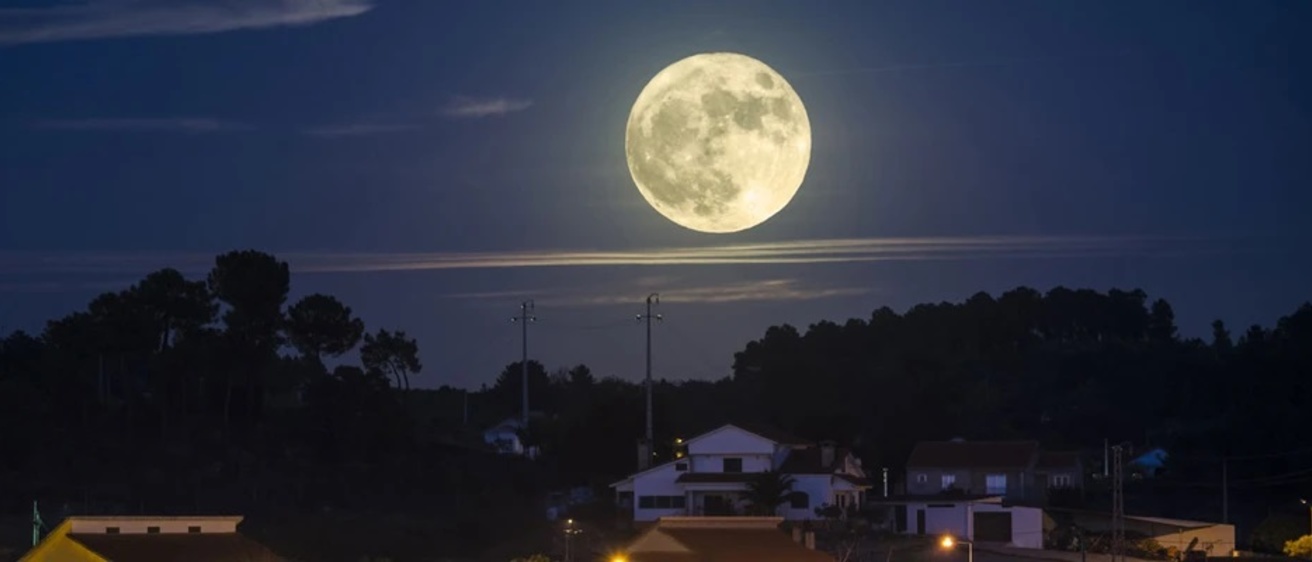When the full moon rises over Iowa next Monday night, it’ll be the first of what may end up being three “supermoons” in each of the next three months.

University of Iowa astronomy professor Casey DeRoo says supermoon isn’t a scientific term, as it comes more from astrology, but whatever the origin, it’ll be a sight to see.
“It looks like we’re going to have at least two pretty dramatic supermoons, one in July, one in August,” DeRoo says, “and then depending on how you want to classify it, perhaps one in September as well.”
The supermoon occurs when the moon is closer to the earth in its orbit, making our natural satellite look larger than normal.
“We think about orbits as being largely circular and that’s actually not true. Orbits are ellipses, so they look like distended ovals,” DeRoo says. “The moon actually does vary in its distance to and from earth, not by a lot, so this supermoon is about five-percent closer to earth than it usually is.”
Most of us will never be able to distinguish whether the moon is five-percent larger in appearance as we have no sense of scale, but still, optical illusions do come into play when gazing at the full moon.
“We’re sort of trained to think about things near the horizon as bigger, and so we actually, especially when we observe a supermoon right after it rises, it can feel pretty dramatic,” DeRoo says. “It also is literally brighter just because the moon is closer, it actually reflects more light into our eyes.”
DeRoo teaches the UI’s general education course in astronomy for non-majors, and he says if you’d like to start moon gazing, you don’t need a fancy telescope.
“It’s nature’s version of fireworks. You can actually go out shortly after it rises, around 10 or 11 PM is when it’ll appear most dramatic in the sky,” DeRoo says, “and just by eye is efficient for most observing. You can get a really great look at the supermoon also with a pair of just binoculars.”
According to the Old Farmer’s Almanac, next week’s full moon is also known as a Buck Moon, because the antlers of male deer are in full-growth mode. Other names for the full July moon include: the Feather Moulting Moon, the Salmon Moon, the Berry Moon, the Ripe Corn Moon, and the Thunder Moon.
